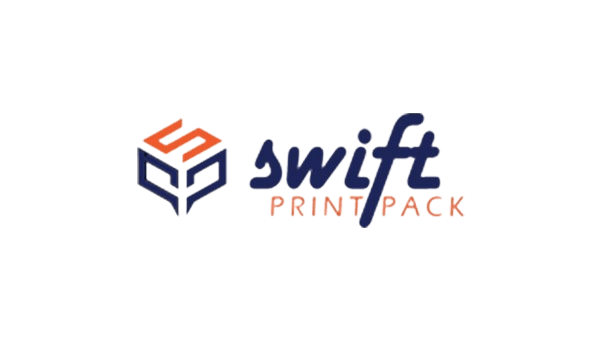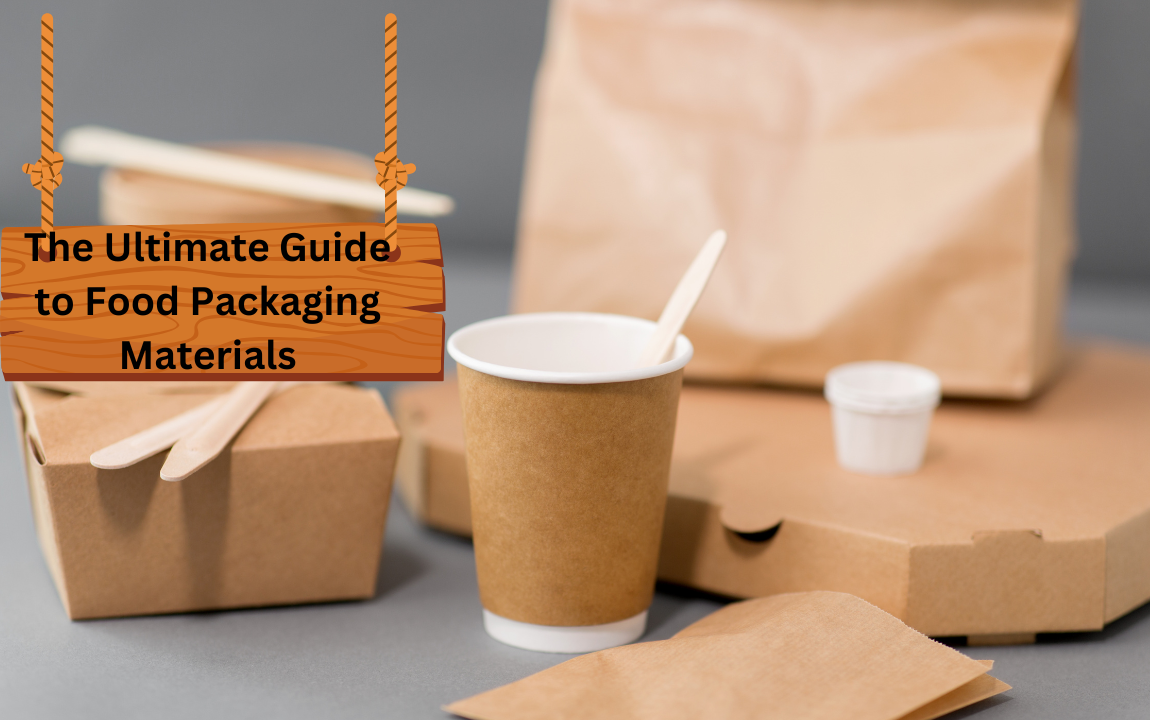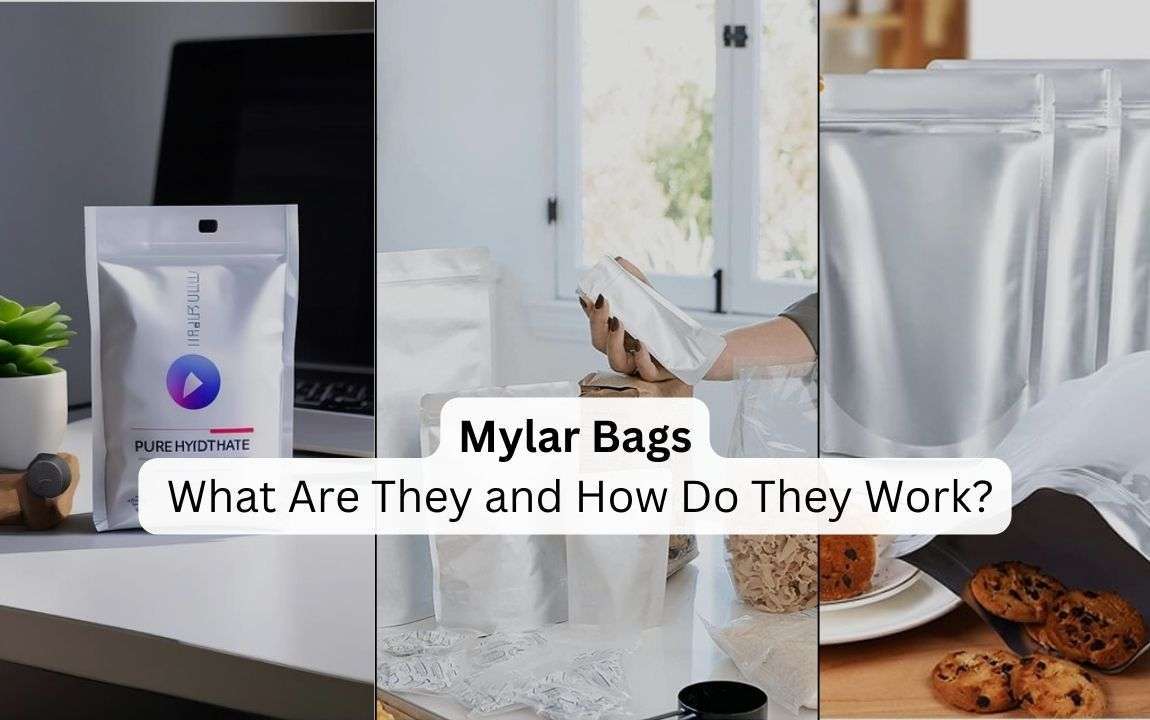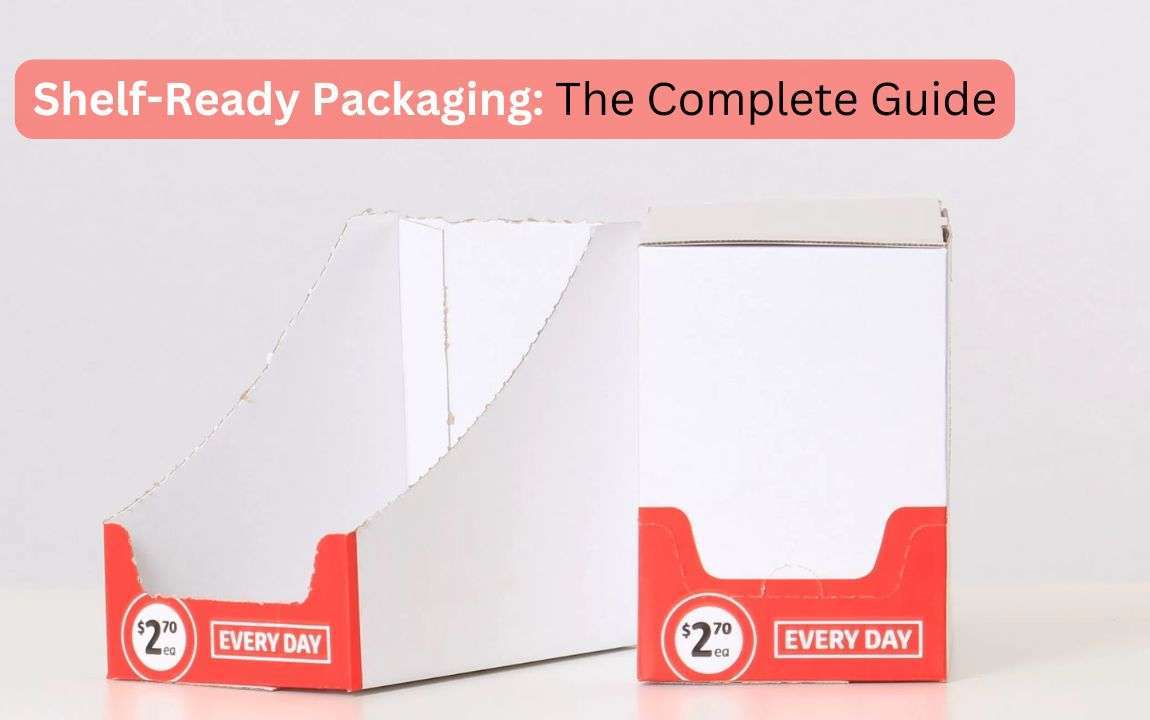Food packaging plays a major role in maintaining freshness, quality, and safety of foods to reach consumables to consumers in the best possible condition. It also acts as an effective medium for promotion of the food product, enhancement of shelf life, and sometimes even for the convenience of the consumer too. Since decisions on packaging materials food are somewhat complex, they depend upon understanding options and specific benefits and drawbacks associated with them. It should be noted that this module discusses some common food product food packaging boxes material types and characteristics, selected best methods for choosing the best for those of most common food products, how the food packaging industry is in continuous change, and what place sustainability occupies within current packaging trends.
Food Packaging and Types
Food packaging is an inherent feature in food preservation, meant for maintaining safety and integrity of the product. It also plays a very important role in terms of convenience, hygiene, and branding. There are many types of packaging dependent on the type of food product, required shelf life, and environmental consideration. Following is one common categorization of food packaging:
- Plastic Packaging: This is one very widely used packaging type because this is inexpensive. It can pack both wet and dry food because it is flexible and lightweight. It is one of the most widely used packages also for packaging bread, snacks, bottled and canned beverages.
- Glass Packaging: Glass finds application in packaging jams, juices, sauces, among other products, for similar reasons: inertive and pleasant appearance. Glass has certain disadvantages like being heavier and more fragile than plastic.
- Metallic packaging: The main applications come in the forms of aluminum and tin cans. It has very good protection against moisture, air, and light. It’s used for beverages, canned food, and ready-to-eat meals.
- Cardboard and Paper: These materials are lightweight and as a rule recyclable, making it easy to package dry foodstuffs, such as breakfast cereals, cookies, and snacks. They’re further used on a wide scale these days for secondary packaging in making the food boxes.
- Pouches: They usually consist of foil or plastic-type material to make pouches. They are resealable and commonly used in packaging sauces, soups, and ready meals. They are of a flexible nature, space-efficient, and easy to store.
All these materials bear different characteristics; hence, one needs to choose appropriate material for his specific food product.
What are the different types of materials used for packaging foods?
So, in whatever forms the food packaging material food may exist each material has its benefits and shortcomings. The most common of food-packaging materials is listed below.
- Plastics: These are the most common packaging materials food since they are relatively cheaper and are available in several forms. The different types of plastics include:
- Polyethylene (PE): It is available in the high-density and low-density type. It finds large applications in the packaging of beverages, milk, and other liquid products.
- Polyethylene Terephthalate (PET): This generally finds its application in edible packaging materials for beverages and foodstuff owing to the strength and lightweight nature of the material.
- Polyvinyl Chloride (PVC): Used in packaging various foods in cling film, shrink wraps, and blister packs.
- Metals: These are metals like aluminum and tin, widely used in the packaging of a wide range of products with the view of making sure that they are highly protected from air, moisture, and light. There exists a number of kinds of foodstuff packaged in metal cans like beverages, meats, and vegetables.
- Glass: This gives a very good barrier protection for products and keeps them fresh for quite a long period. Usually, glass is used for premium categories like olive oil, sauces, and jams.
- Cardboard and Paper: The material is light and relatively easy to print on, making it very common in the production of packages for dry snacks, breakfast cereals, or even fast food. Most of these can be recycled, thus lending a hand toward sustainability.
- Cellulose: Biodegradable material originating from plants is combined in cellulose used in certain types of food packaging. Cellophane is joined by other biodegradable wraps in this group.
- Edible wrappings: These are one of the very new trends in foodstuff-made packaging, such as seaweed, rice, and starch, which avoid waste and grant an absolutely valid alternative to the real problem of packing in a very sustainable manner.
What does the future hold in store with regard to food packaging materials?
The prospects for food packaging materials are brilliant, with continued innovation mainly in the area of reducing the environmental impact without compromising the integrity of the products. These key trends shape the future:
- Sustainability: The increasing awareness related to the environment is creating a strong thrust toward sustainable packaging. Biodegradable and compostable materials, such as edible packaging, are trending up the curve to replace plastic as a big polluter.
- Smart Packaging: Changing technologies introduce such “smart packaging” which sends real-time data on merchandise condition. In other words, for specific cases, coloring of packages alters if goods spoil, overheating occurs to indicate temperature modification.
- Reduced Packaging Waste: Besides, companies still find a way to reduce packaging usage in food products, with dual benefits for saving costs and wastes. The development of automated packaging systems supporting optimization in size and usage of packaging materials encourages this trend.
- Recyclability: Consumption and business entities are going green, so packaging materials like PET and aluminum, being of recycled nature, would see further growth.
How to Select the Right Food Packaging Material?
The choice of custom packaging materials is among the very important decisions that a food manufacturer has to consider. Some of the considerations involved in selecting packaging materials include:
- The type of food: This will determine the kind of packaging required. Liquids could need plastic or glass bottles, while dry goods are better packed in cardboard or in paperboard.
- Shelf Life: Packaging materials, apart from plastics, such as metal cans through a non-permeable membrane against moisture, light, and oxygen also enhance the shelf life in different product categories.
- Safety: The material used in the packaging of food should be safe for contact with food in that they do not leach harmful chemicals into the food. Such materials like glass and high-quality plastics are common since they are safe and inert.
- Environmental Impact: With the world increasingly wary of the call for sustainability, one has to consider the environmental impact that will be brought forth by the packaging. Biodegradable or recyclable materials go a long way in shrinking your ecological footprint.
- Cost: The cost of packing material has to remain within the requirements of both the product and the company. Innovation within the field will go through total automation of packaging or package-size optimization that is going to further reduce the overall costs of it.
Different Approaches towards Food Packaging Cost Reduction
Methods of reducing the cost of food packaging are among the major emphases of many enterprises in the food industry. Some strategies are as follows:
- Automated Packaging Solutions: Automation has helped food manufacturers minimize labor costs and maximize their production with minimum or nil error.
- Optimize packaging sizes: Packing product accordingly will reduce the waste of material throughout the process as well as reduce charges in transportation. Accordingly, achieved with automated packaging systems.
- Recycled raw-material reuse and recycling: The use of recyclable packaging material reduces the cost spent. It also helps the ecology while recycled paper, plastic, and metallic sheets can bring better value than their virgin, pure forms.
- Minimizing Packaging Layers: The more layers of packaging, the more expensive and wasteful it is. Simplifying the design of packaging can help reduce both.
Final Thoughts
Food packaging is an integral unit of the food industry, playing a vital role in maintaining the quality, convenience, and sustainability of food products. Because of increasing pressure on food manufacturers to reduce the negative impact of their production, innovations in sustainable and edible materials will be the major driving force for the future of food packaging.
Selection of packaging material always needs a balancing among product type, shelf life, and safety, cost, and environmental considerations. Businesses will go a long way toward making an informed decision-one that supports both product and planet-by taking these factors into consideration.
Frequently Asked Questions
Which would be better material for food packaging?
It is the type of food to be packaged that decides what would be ideal. Dry foods require merely simple cardboard or paperboard; wet or easily spoiling foods use plastic, metal, and even glass because better preservative characteristics can be gained with those.
Can food packaging material be recycled?
Yes, much food packaging material can be recycled including plastics, aluminum, and cardboard. On the other side, it depends on local recycling guidelines, which will go an extra way to inform or guide appropriate ways to get rid of packages and recycle their packaging materials.





